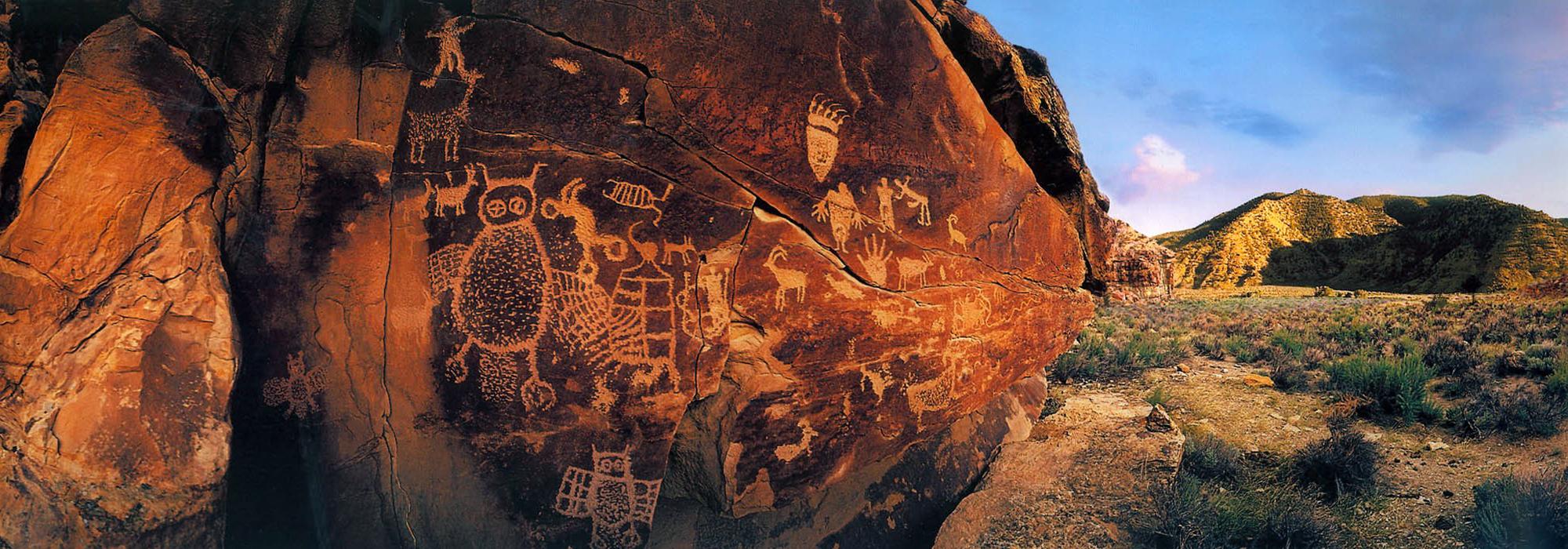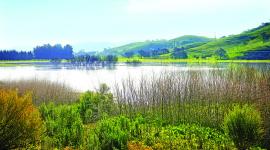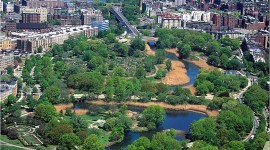NPS Calls for Public Comments on Traditional Cultural Properties
The future stewardship of our cultural landscapes and their associated lifeways is extremely important, and when opportunities exist for the public’s voice to be heard, it’s essential that we participate. There’s a new opportunity that is worthy of our attention. The National Park Service (NPS) announced in late 2022 that it is seeking public comments on revisions to “National Register Bulletin 38: Guidelines for Evaluating and Documenting Traditional Cultural Properties” (TCP Bulletin) through April 30, 2023. Robust public input representing a broad diversity of communities, disciplines and stewards is essential to encourage that a greater array of cultural landscapes be proposed and evaluated for listing in the National Register of Historic Places.
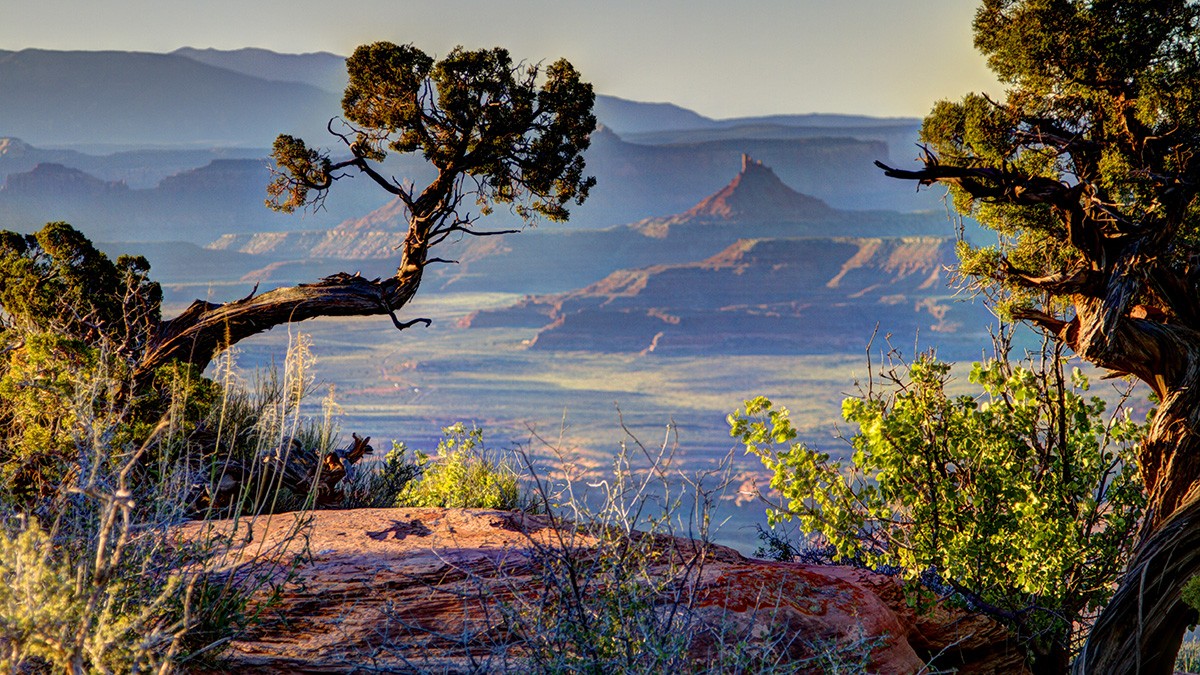
Since its establishment in 1966, the National Register of Historic Places has served as a means of identifying, evaluating, and protecting historic and archaeological resources in America. To be eligible for listing, a property must be considered historic (generally, more than 50 years old) and meet the “Criteria for Evaluation,” which considers a property’s integrity of design, setting, materials, workmanship, feeling, and association. A form detailing a property’s integrity according to those criteria is submitted to the local State Historic Preservation Office. Successful nominations are then submitted by the state office to the NPS in Washington, D.C., where the Keeper of the National Register of Historic Places completes a final review before deciding whether to list the property in the register.
Every site is different, and it is challenging for the National Register nomination form and NPS guidance to directly address each and every question that may come up in the nomination process. Over the years, the NPS has released dozens of National Register Bulletins that provide additional information on specific aspects of the nomination process in hopes of updating or clarifying its policies. Bulletins have been issued to address, for instance, specific requirements for evaluating locomotives, cemeteries, and post offices, among other types of sites.
The TCP Bulletin, originally published in 1990, was intended to act as a guide for nominating buildings, structures, objects, sites, and districts with significance “derived from the role the property plays in a community’s historically rooted beliefs, customs, and practices.” Some cultural landscapes, defined by The Cultural Landscape Foundation (TCLF) as landscapes that have been affected, influenced, or shaped by human involvement, can be understood as traditional cultural properties, making this document essential to their stewards.
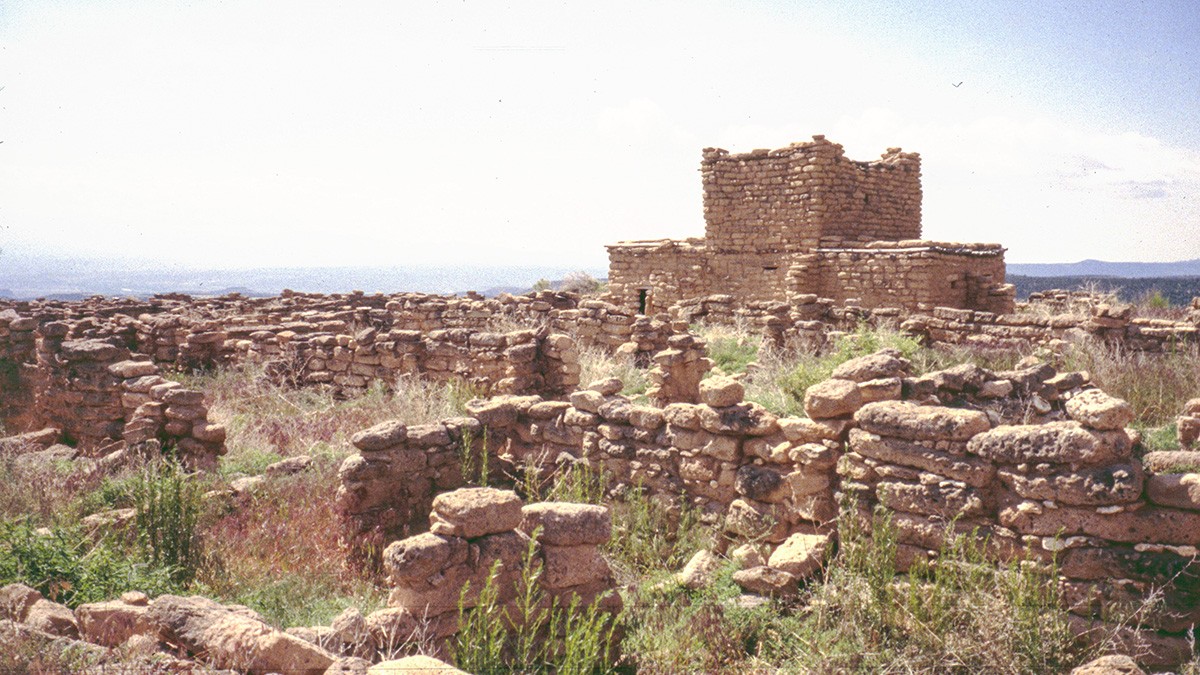
The TCP Bulletin was first revised in 1992 to address concerns that places with significance to Native peoples were being excluded from listing in the National Register, as religious properties are not typically eligible. While the 1992 document gave special attention to properties with significance to Native communities, it stipulated that this fact “should not be taken to imply that only Native Americans ascribe traditional cultural value to historic properties, or that such ascription is common only to ethnic minority groups in general.” Indeed, the revised TCP Bulletin cites examples of traditional cultural properties like the Nicodemus Historic District in Kansas, a National Historic Landmark associated with the Great Migration of Black Americans from the South to the Midwest, and the German Village Historic District in Ohio, which reflects the cultural lifeways of nineteenth-century German immigrants.
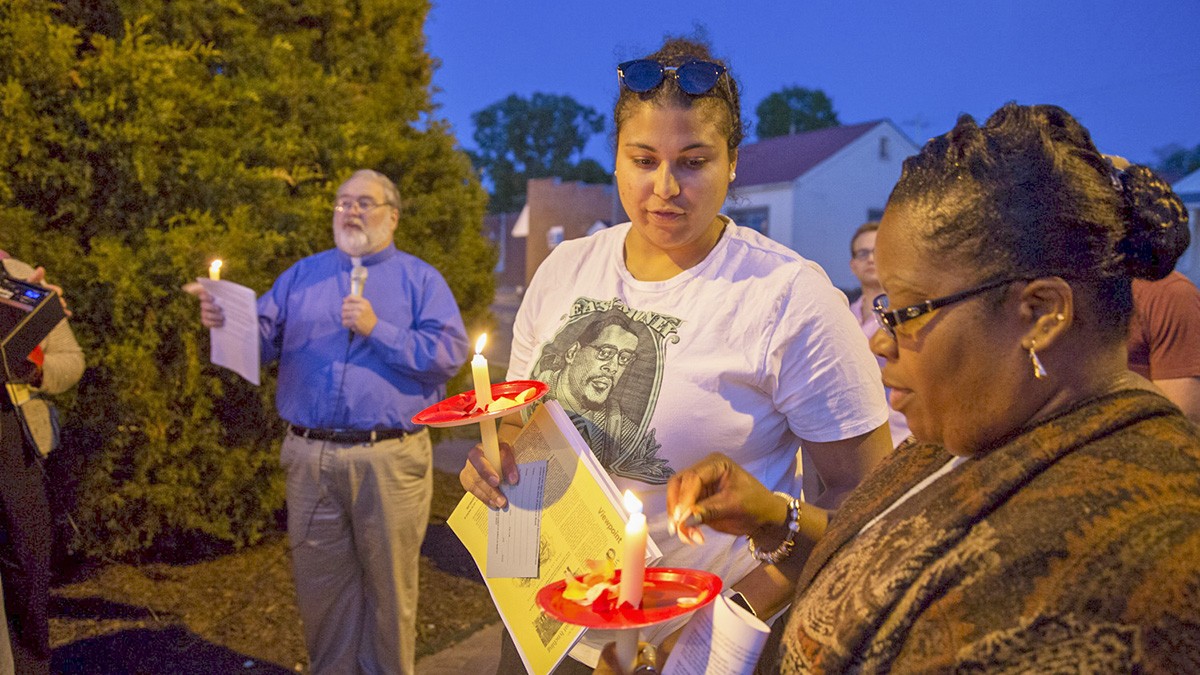
Despite several attempts at clarification, the NPS continued to face questions about the meaning and purpose of the TCP Bulletin. From 2011 to 2013, the NPS organized a series of listening sessions around the country with Native Americans, Native Hawai’ians, Native Alaskans, and preservation organizations. Uncertainty over what properties were eligible to be considered TCPs remained, and from 2014 to 2017 the NPS further revised the Bulletin to include successful nominations as examples. The publication of that revised draft was halted in 2017.
Now, the NPS is returning to the 2017 draft. Several public meetings with Native American Tribes, Native Hawai’ian Organizations, and Alaska Native Corporations will be held virtually, beginning on Wednesday, February 22, 2023. In addition, the NPS is inviting anyone to submit comments on the Draft TCP Bulletin, which can be downloaded here.
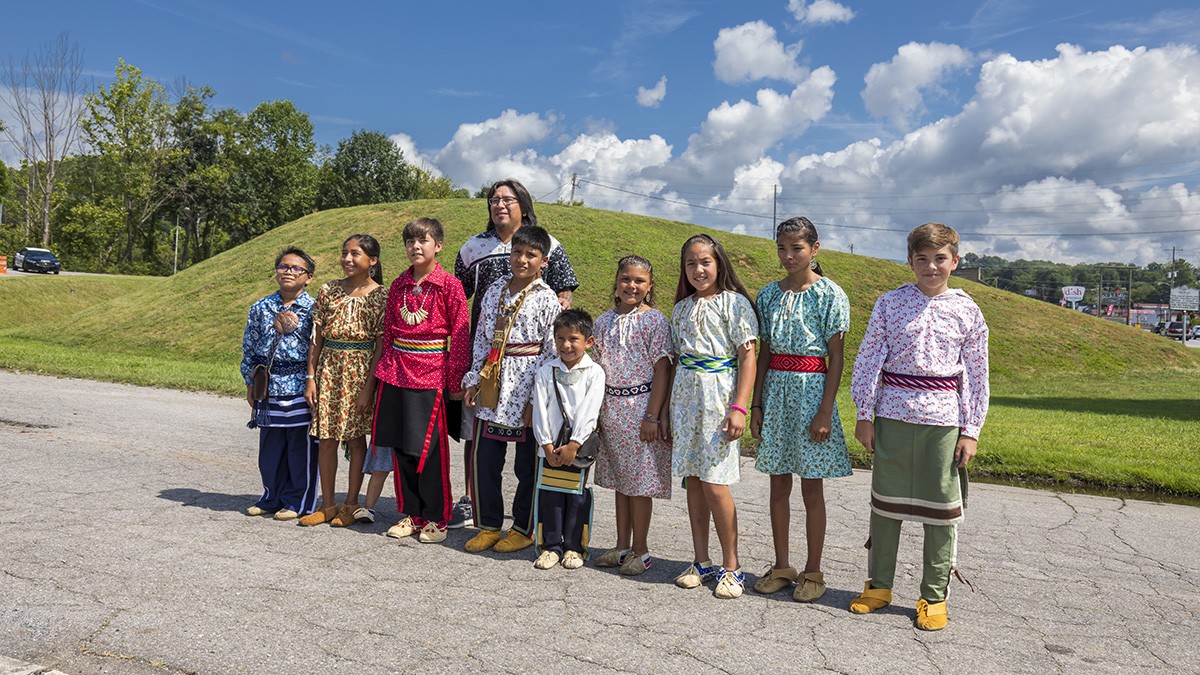
Public comments from those who care about cultural landscapes have the opportunity to affect how site stewards, historians, and State Historic Preservation Offices identify and evaluate cultural landscapes. The work of TCLF’s Race and Space initiatives over the past several years has demonstrated that cultural landscapes broaden our awareness about the origins of our nation and illustrate the dramatic social and geographic changes of the eighteenth, nineteenth, and twentieth centuries. Traditional cultural properties represent local stories and global themes, and their listing in the National Register helps shed light on how cultural lifeways are impacted by social, geographical, and environmental change. Community members, designers, artists, activists, and anyone with an interest in protecting sites of cultural significance are encouraged to participate in this public process by attending a virtual listening session with the NPS or by submitting comments on the draft TCP Bulletin.
Those wishing to submit public comments on the TCP Bulletin before April 30 may do so online, via a comment submission interface on the NPS website; by email to nr_tcp@nps.gov; or by mail to:
National Register of Historic Places
National Park Service
Stewart Lee Udall Building
1849 C Street NW
Mail Stop 7228
Washington, D.C. 20240
ATTN: Draft TCP Bulletin
After the public comment period closes on April 30, the NPS will review and address comments before publishing the draft in the Federal Register for external review. In the Fall of 2023, following a 60-day external review period, the revised draft will be formatted and issued to the public.



